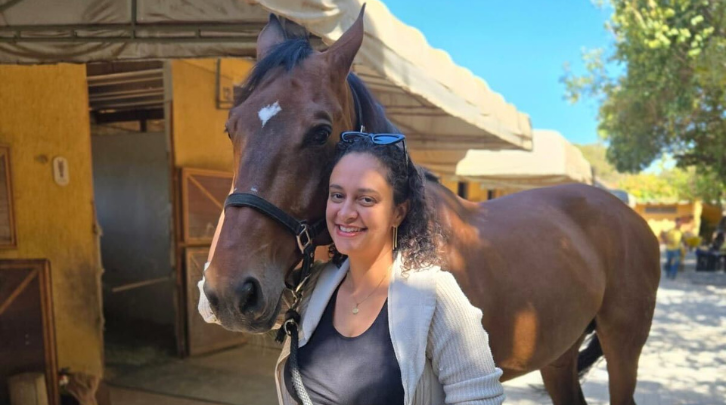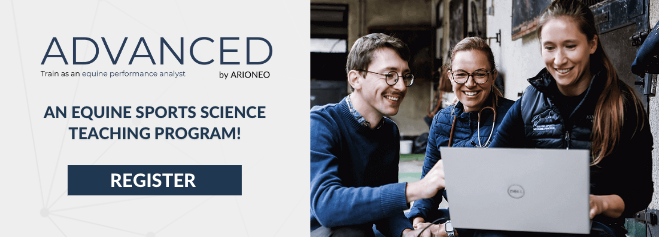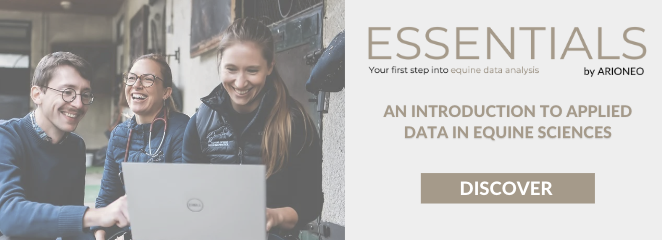In the world of equestrian sports, jumping horses face unique physical demands that require specialized care and preparation. Dr. Keila Coelho, a Brazilian veterinarian, is pioneering a data-driven approach to training and treating these elite athletes.
Today, through her participation in Arioneo’s Advanced Program and the use of tools like Equimetre, Dr. Coelho is bridging science, technology, and sport to optimize performance while safeguarding horse welfare. In this interview, she shares her journey, insights, and vision for the future of veterinary medicine in the jumping industry.
Could you introduce yourself and tell us a bit about your background as a veterinarian specialized in jumping?
My name is Keila Coelho. I am a Brazilian veterinarian with a background in endocrinology. My specialization in jumping horses is relatively recent but holds great importance to me. I spent most of my career working with pets until I was invited to help a horse that was experiencing a lot of injuries. Around the same time, a colleague also approached me about a horse suspected of having endocrine issues. It turned out to be PPID, a type of Cushing’s disease. After a month of treatment, the horse recovered fully and returned to jumping. The most amazing part was that he progressed and started to win all the competitions.
This experience was incredibly rewarding and marked the beginning of my career working with horses. Now, I work with them full-time.
Where did you hear about the Advanced program?
I was researching the Equimetre device after travelling to England for my PhD studies in February. One of my professors introduced me to the Equimetre, and while searching for more information, I came across the Advanced program on the website.
What are the strengths of the Advanced program? Would you recommend it?
The program was extremely beneficial for my career. I believe it’s crucial to know how to objectively evaluate a horse’s performance and demonstrate to clients how treatments are working. Performance is subjective, and everyone defines it differently, but with data, it becomes measurable and factual.
The program taught me how to analyze and use data to track health evolution and improve performance. I also learned about a technology that differs from what we use in Brazil. I now understand how important it is to work with concrete data and to use it to validate the decisions made as a veterinarian.
I highly recommend the program, it’s a valuable tool for any professional aiming to improve performance and ensure evidence-based practice.
Is there a concept or skill that you particularly enjoyed discovering or developing?
Yes, I really appreciated learning how to use data like recovery rates and locomotor parameters. These are essential metrics, and I didn’t know how to interpret or apply them before. Now, I use them regularly to develop competition strategies.
You recently monitored a jumping horse’s training with data, and the horse ended up winning the competition. Could you elaborate on which data you analyzed to adjust the horse’s training?
This case was interesting because I only had a week to prepare the horse for the competition, which is a very short timeframe. Through data analysis, I identified areas that needed improvement, but there wasn’t enough time for full adaptation through training.
So I applied my endocrinology knowledge and tested the horse for some hormones that I use as biological markers. I used targeted supplementation to boost performance, and it was effective. The device also showed the horse was stressed: his lactate levels were high (detected through a blood test), and he was performing at maximum effort during competition.
Planning post-competition recovery was another challenge. The goal was to develop a strategy that could be used consistently for future competitions.
What is the main parameter you use when working with jumping horses?
Using data with jumping horses is very insightful. They are significantly different from racehorses, and their trainings need to reflect that. Jumping competitions are physically exhausting, and it’s incredible how much effort these horses make to clear high obstacles. For this reason, the recovery rate is a key parameter. It provides valuable insight into their overall condition.
If you had to sum up the Advanced program in the context of the jumping industry, what would it be?
It’s essential to analyze data to prevent injuries and improve performance.
We aim to promote well-being while striving for performance. Did you feel that balance was reflected in the program?
Absolutely. As I mentioned, it’s crucial to prepare horses properly and prevent injuries. I really appreciated the session where a veterinarian explained respiratory issues, such as lung bleeding. It gave us guidance on when to avoid certain types of effort. Lung issue is a major concern in Brazil, especially in the jumping industry, where proper evaluation is often lacking. That’s why the course was particularly relevant for me.
Could you tell us more about your professional projects and direction?
I’ve recently started a company focused on optimizing horse performance.
Our strategy now is to extend this kind of technology to other sports here in Brazil and raise awareness about the importance of injury prevention and performance management.
How do you see the future of veterinary medicine and sports training with the integration of technology and data?
It’s a game-changer. Devices like Equimetre can show and support you in evaluating some specific areas you might not be a specialist of, like orthopaedic issues. Sometimes, this technology helps me decide whether a horse needs further examination, which can prevent serious injuries.
I’ve also used data to track the impact of supplementation and to personalize both training and treatment. I believe that technology should support—not replace—our clinical judgment, guiding us toward more precise decisions.
What advice would you give to other veterinarians or trainers who want to use data to optimize their horses’ performance and who want to take part in the Advanced program?
My advice is: go for it. It’s a fantastic opportunity to expand your knowledge. It may vary from person to person, but in my case, it really broadened my perspective and gave me valuable new tools to apply in my work.
Would you like to add anything?
It was really nice for me, I enjoyed the experience in England. It was really good to see how Europe work with horses. It’s really different from Brazil, but I know that it will be an exciting challenge to work on.
Thank you, Keila, for sharing your inspiring journey with us. We look forward to seeing the successes and contributions that you and our alumni will continue to make in the field of equine sports science.
For those who would like to learn more about the Essentials & Advanced programmes and discover how they can enrich their careers, please visit the programmes page.
Contact :
📧 vetkeilacoelho@gmail.com
📲 +55 61 98501-9288
Keywords : Arioneo Institute, performance, advanced, programme, training, veterinarian, Equimetre, health, care, jumping, horse data analyst, equine sports science, equine training programme, equine training, equine careers, horse industry, Equimetre, data analyst, well-being
📸 Photo : Keila Coelho



